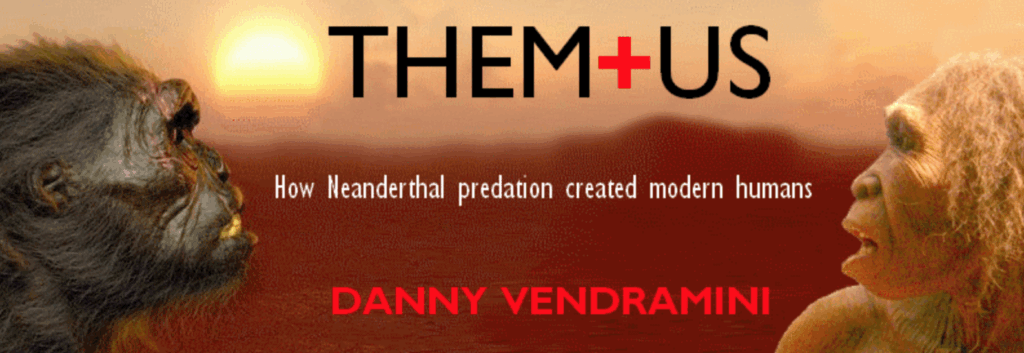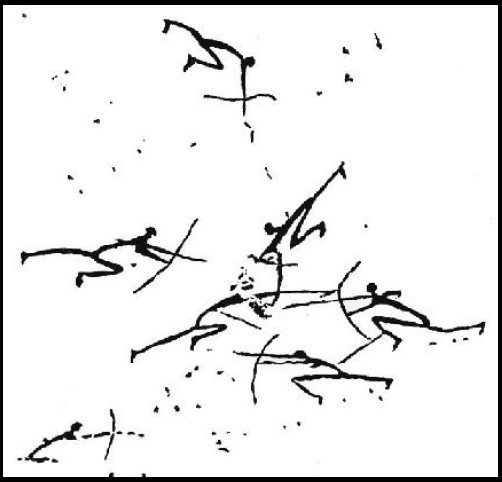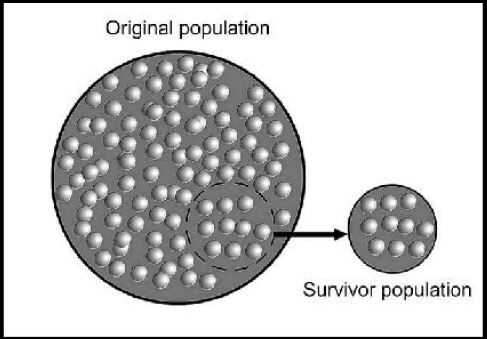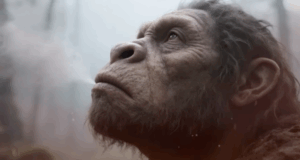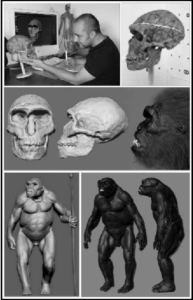extermination, 4
Editor’s Note: Not since I read Desmond Morris’s The Naked Ape decades ago have I been so fascinated by facts about our prehistory that I knew nothing about, in part because academia has been under the control of an anti-white, neochristian mentality that considers these topics taboo, including Aryan beauty. As for Danny Vendramini’s book, below I have omitted the numbers referring to the bibliographical notes:
______ 卐 ______
Nobody would want a mate who looked like a Neanderthal, so the new ‘human look’ became increasingly subject to sexual selection. As the ‘new look’ became de rigueur, the old look became subject to artificial selection. Not having ‘the look’ was not only seriously ‘uncool’—it was likely to get you killed.
The characteristics which came under the most intense meta-selectional pressure were physical features that could be seen from a distance, because early identification of a predator is at the core of survival. This would mean that, for humans, body hair (length, density and colour) gait, posture, body silhouette and facial features were the most obvious foci of predator identification and differentiation.
A hairy problem
Although it is interesting to speculate on what colour skin the Skhul-Qafzeh people had, it was not a factor at the time because it is almost certain that the Skhul-Qafzeh people were covered in dense body hair.
While readers may find the prospect of recent human ancestors sporting so much body hair unpalatable, this is precisely what NeoDarwinian theory predicts. Coming from Africa where they occupied an open savannah environment, it is highly likely that the Skhul-Qafzeh people acquired a coat of protective hair to insulate them from the hot African sun and its equally cold nights. The same reasoning suggests that—like lions, monkeys and other mammals occupying the same grassland environments—lightbrown fur would probably have been most adaptive because it facilitated concealment from predators. So, what happened to the hair? Can NP theory shed any new light on this age-old question?
The loss of body hair in humans—but in no other primate—has generated a vigorous debate among anthropologists for decades. It’s particularly puzzling in light of the fact that hairlessness is maladaptive in terms of climate extremes, heat stress, sunburn, skin cancers, hypothermia and low ambient temperature environments. [Author’s Nota benne about human hairlessness:] (Actually, modern humans are not hairless. But discarding our thick, long and highly pigmented hair (called terminal hair) in favour of fine, short and unpigmented vellus hair has created the impression of hairlessness. For the purposes of this book, terms like hairlessness and denudation are used even though they’re not strictly correct.)
In Before the Dawn, Nicholas Wade outlines the paradox:
Hairiness is the default state of all mammals, and the handful of species that have lost their hair have done so for a variety of compelling reasons, such as living in water, as do hippopotamuses, whales and walruses, or residing in hot underground tunnels, as does the naked mole rat.
Innumerable theorists have attempted to explain why only humans turned into a ‘naked ape’, including Charles Darwin who argues:
No one supposes that the nakedness of the skin is any direct advantage to man; his body therefore cannot have been divested of hair through natural selection. […] in all parts of the world women are less hairy than men. Therefore we may reasonably suspect that this character has been gained through sexual selection.
A variation of Darwin’s sexual selection theory has been proposed by American psychologist Judith Rich Harris. She believes that hairlessness and pale skin are the result of sexual selection for beauty, which operates through a form of infanticide she calls parental selection. Harris argues that historically, parents frequently killed infants they didn’t consider beautiful enough, and one of the criteria for beauty she nominates is hairlessness. […]
Negative attitudes to hirsutism and a preference for hairlessness (personally and in prospective mates) are universal across human cultures throughout recorded time. Because artificial selection was practised almost exclusively by males, the selection pressure for female denudation would have been even more acute, resulting in women becoming even less hairy than men. This indicates that the pressure on women and girls to be hairless is anchored in the threat of lethal force wielded exclusively by men since the Late Pleistocene.
While hairy aggressive men were quite prepared to kill hairy women, they were less enthusiastic about topping themselves. This reasoning is supported by considerable sociological research which shows modern women and girls traditionally come under greater pressure to be less hairy than men. For example, a study of 678 UK women in 2005 found that 99.71 percent of participants reported removing body hair. Citing examples of depilation in ancient cultures (Egypt, Greece and Rome) and in a variety of modern societies (Uganda, South American and Turkey), cultural anthropologist Wendy Cooper contends that the need for women to remove body hair is deeply embedded in human nature.
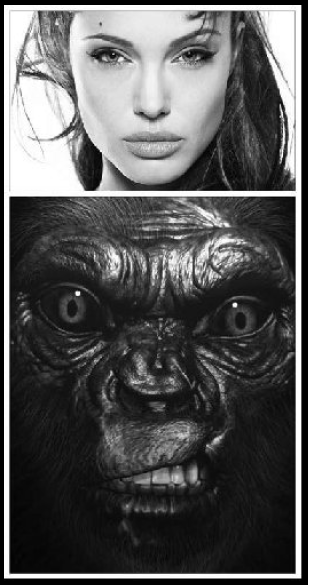
Philosophers and scientists have pondered the aesthetics of human beauty for thousands of years but are still no closer to explaining them, or why our faces look so different from those of every other primate. Finally, we have a simple answer—the human face evolved to be visually different from Neanderthals—allowing us to tell friend from fiend. Today, Neanderthal facial characteristics (as depicted in the forensic reconstruction) provide an innate standard by which humans judge ugliness and beauty. The less like this Neanderthal you look, the more ‘beautiful’ you are.
____________
N.B. You can read the first 35 pages of Vendramini’s book here.
